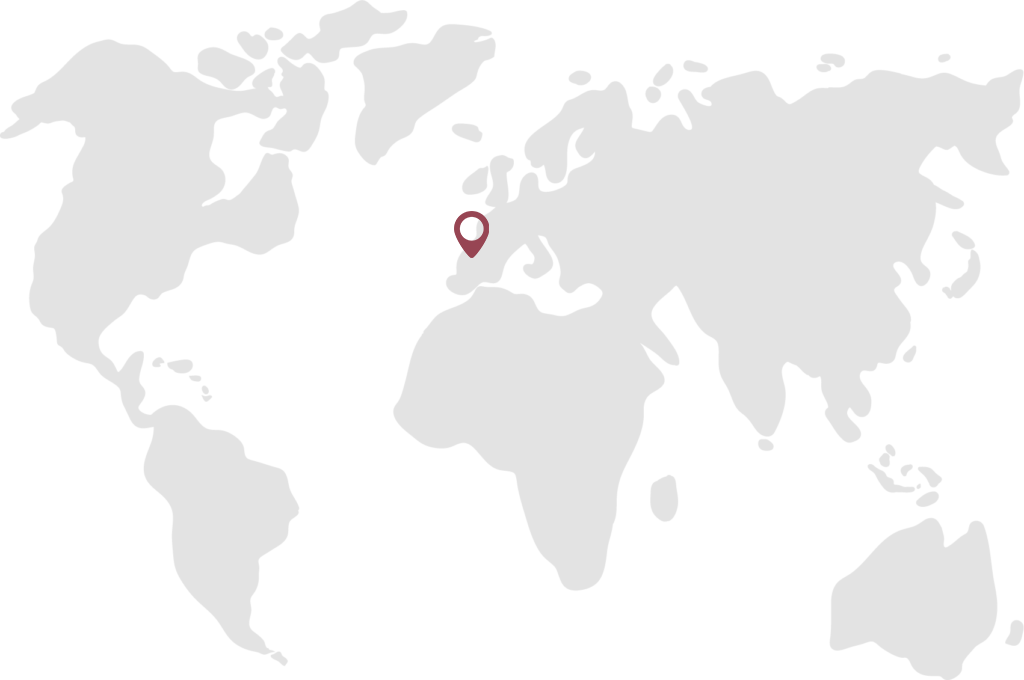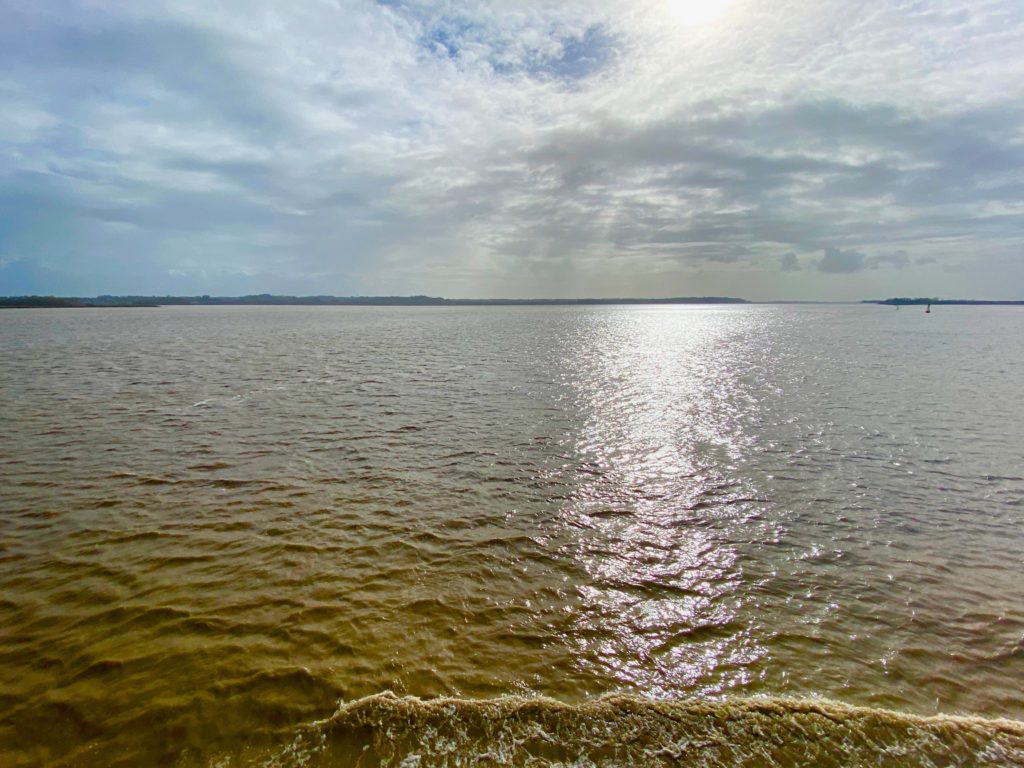
OVERVIEW.
In France, lunch is ritual. It is a time when people stop their actions to sit down—preferably with friends, family or co-workers—and enjoy an unrushed period of conversation with a good food. The meal may, or may not, include an appetizer. Yet it usually ends with cheese and/or dessert. This ending order is important: dessert always comes after cheese.
Remember—sweetness ends the meal.
Consider French language as analogy—words and sentences seldom end abruptly with a hard consonant. Instead, the transition is smooth and unobtrusive. Consider the word maintenant (which means ‘now’) or s’íl vous plait (which means ‘please’). These latter consonants are unpronounced.
In France—end with sweetness.
Yesterday, I traveled by local ferry boat to the Médoc region of Bordeaux. Before a 2.00 p.m. appointment, I was invited to a midday lunch with newly met neighbors.
The meal and wines were an unexpected surprise. They were provided by a thoughtful, generous couple within their own home.
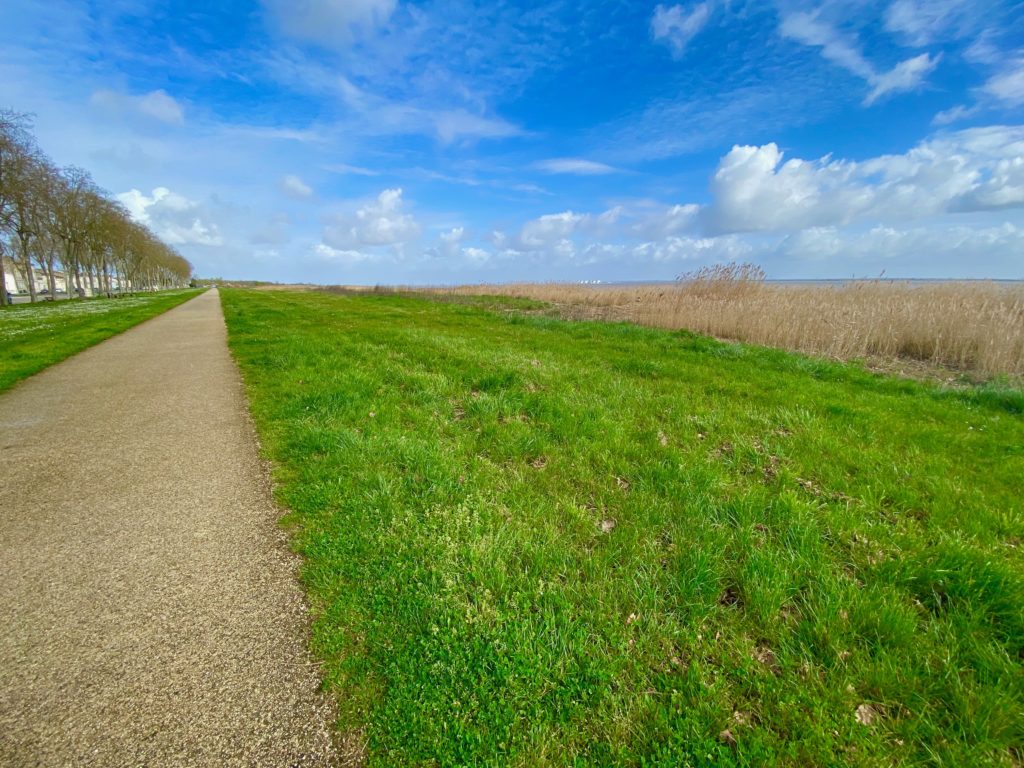
1. CHEF.
Anne-Victoire Jocteur Monrozier (‘Vicky’) is owner of Vicky Wine (involved with wine promotion) and promoter of her father’s wine from Château des Moriers, located in the Fleurie appellation of Beaujolais. Anne-Victoire now lives with her own family in the Médoc region of Bordeaux, several hours west of Beaujolais.
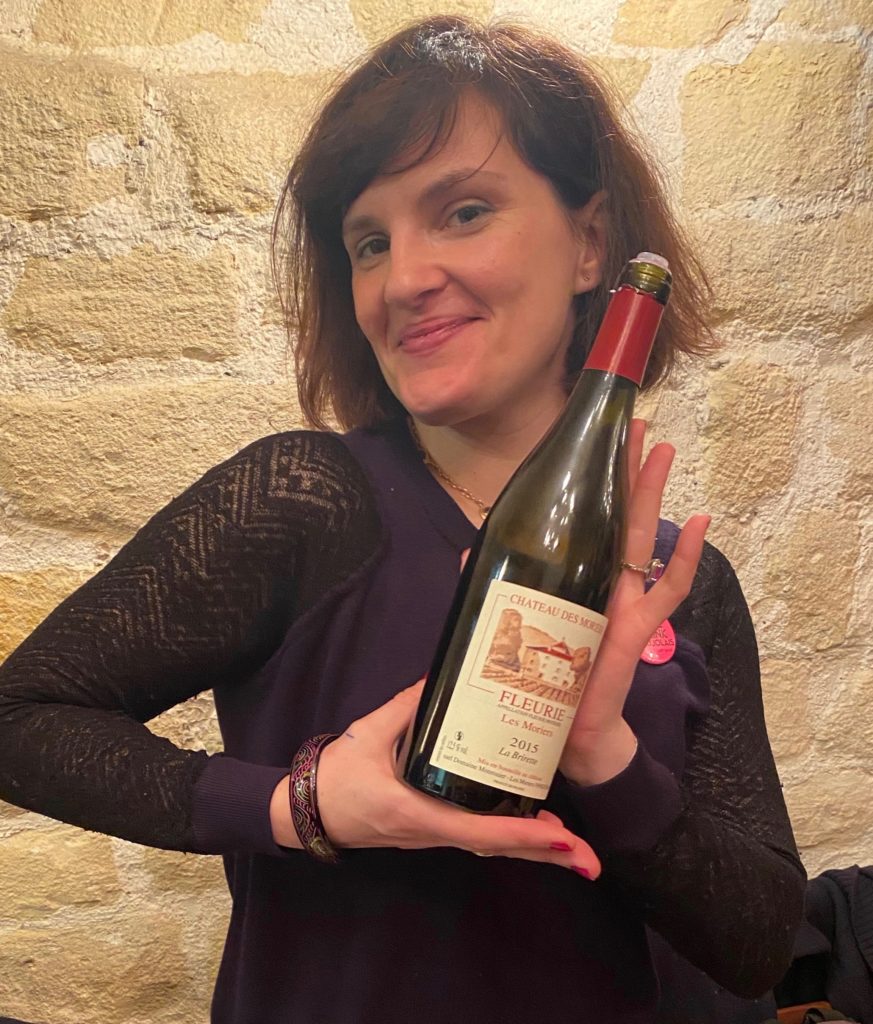
2. DISH.
Tresse à l’agneau et petits légumes, or—lamb and vegetable braided pastry (or, ‘Vicky’s meat pie’) which Anne-Victoire changes seasonally, depending on availability of fresh ingredients.
The dish is layered and complex, and the puff pastry light and crisp. Second helpings? Obviously!
Notice the crust is a perfect golden brown. Anne-Victoire uses only fresh herbs. This was her first time cooking this particular dish, and the result? Extraordinary.
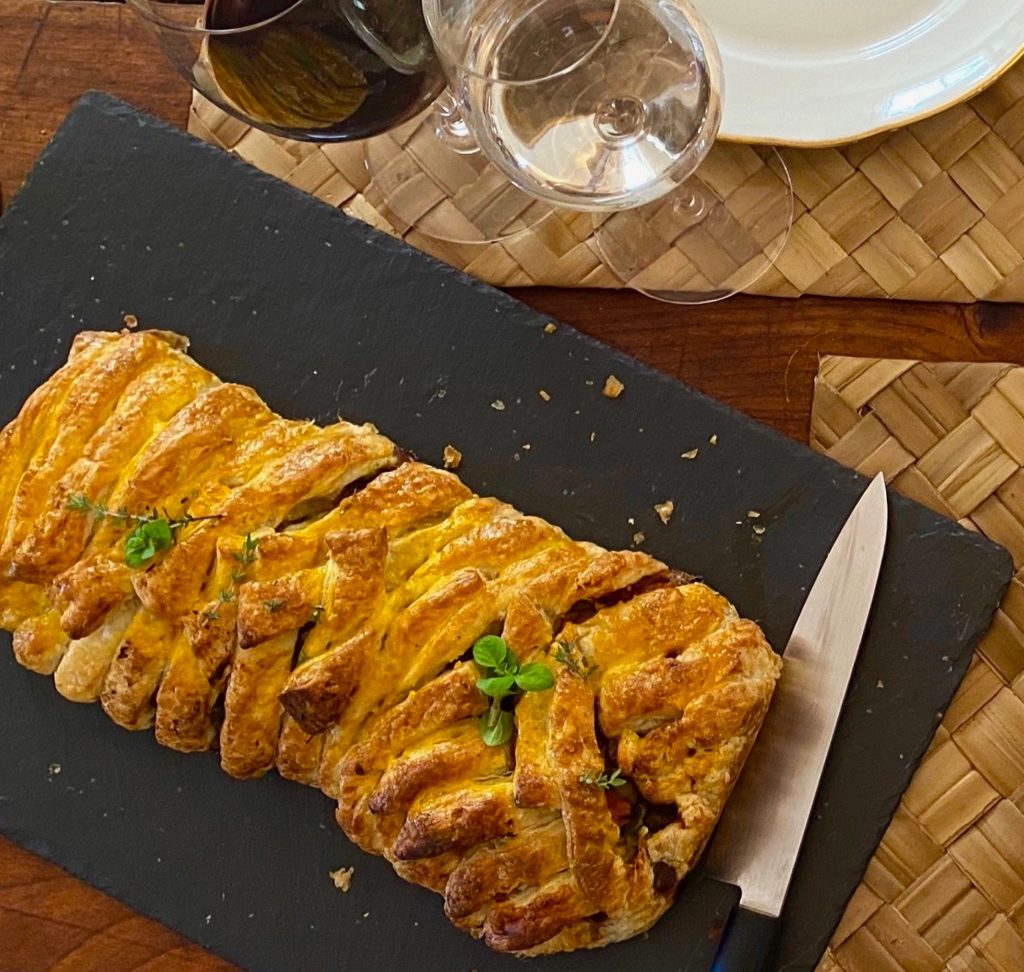
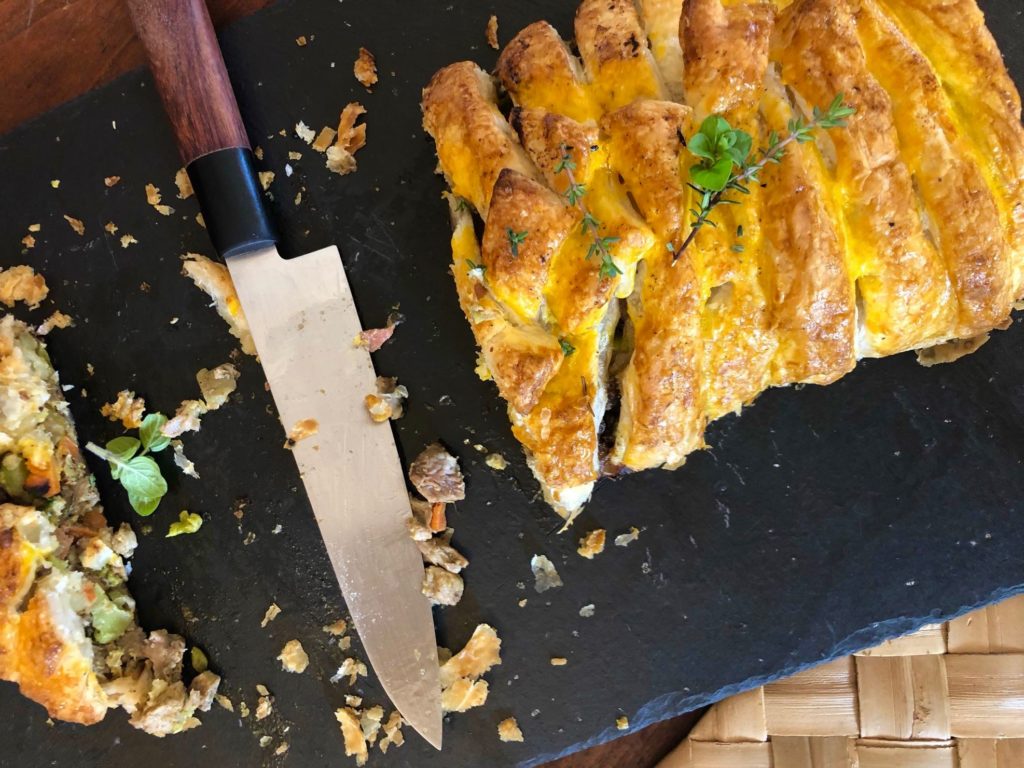
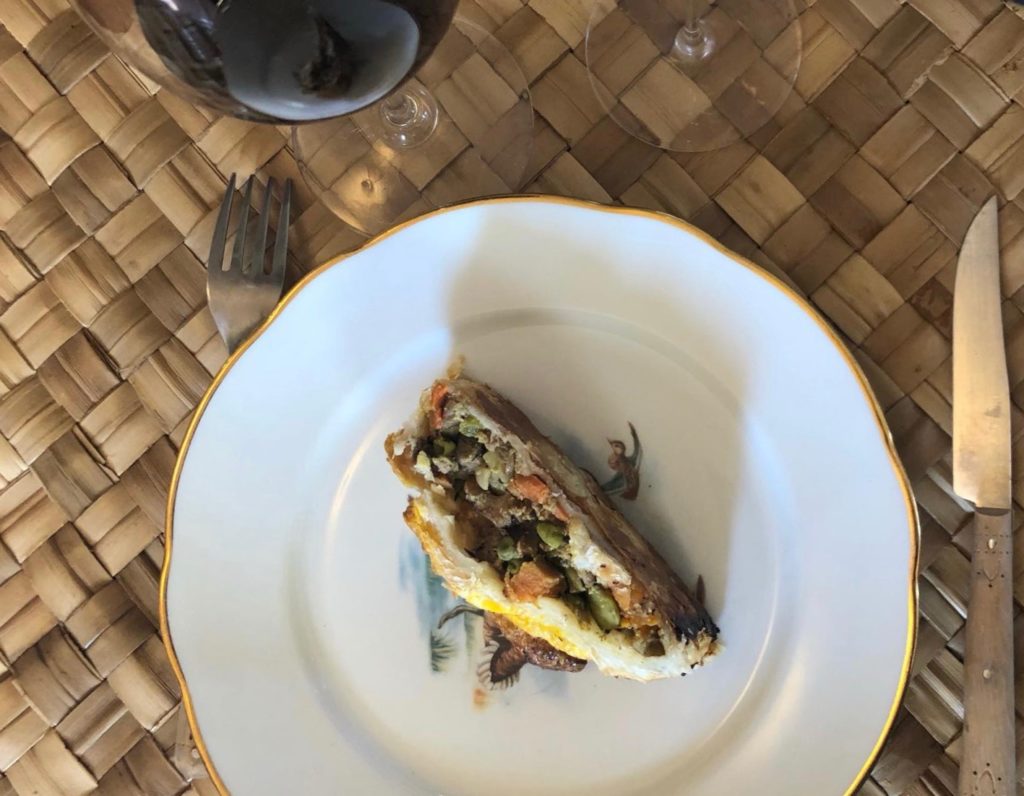
3. WINES.
Because Anne-Victoire’s husband, Christian, directs some rather well known wine châteaux throughout the world, and has ample experience working with excellent winemakers, we began with a glass of his own English sparkling wine from Hampshire (Coates & Seely) for an enjoyable opener. This crisp Chardonnay/Pinot Noir blend spends up to three years on lees. The wine is crisp; the bubbles unobtrusive. (This happens to be served by the glass at the restaurant of Alain Ducasse in Paris.)
For lunch, we enjoyed both 2006 and 2012 bottles of Château Pichon Baron, from Baron de Pichon-Longueville (Cru Classé wines from Pauillac in Bordeaux). The 2012 is a Cabernet Sauvignon/ Merlot/Cabernet Franc blend. Both wines are characteristically mighty, balanced, and statured, with the older having generous fruit aromas. (Just the memory of these wines makes me hungry for that entire lunch again.)
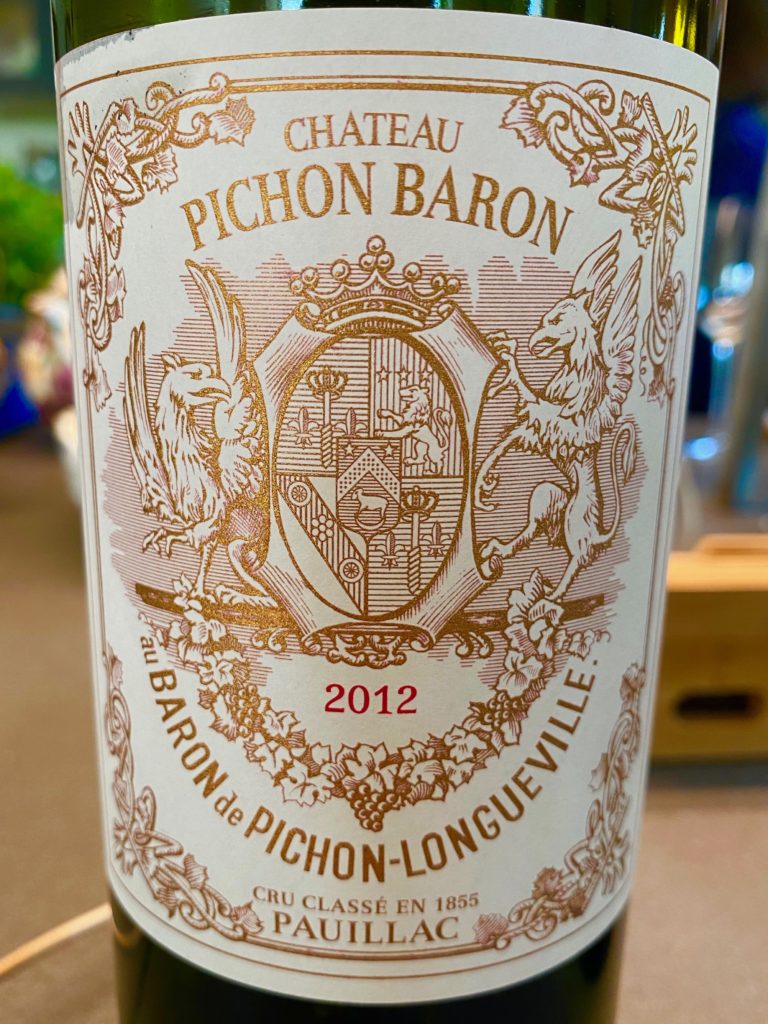
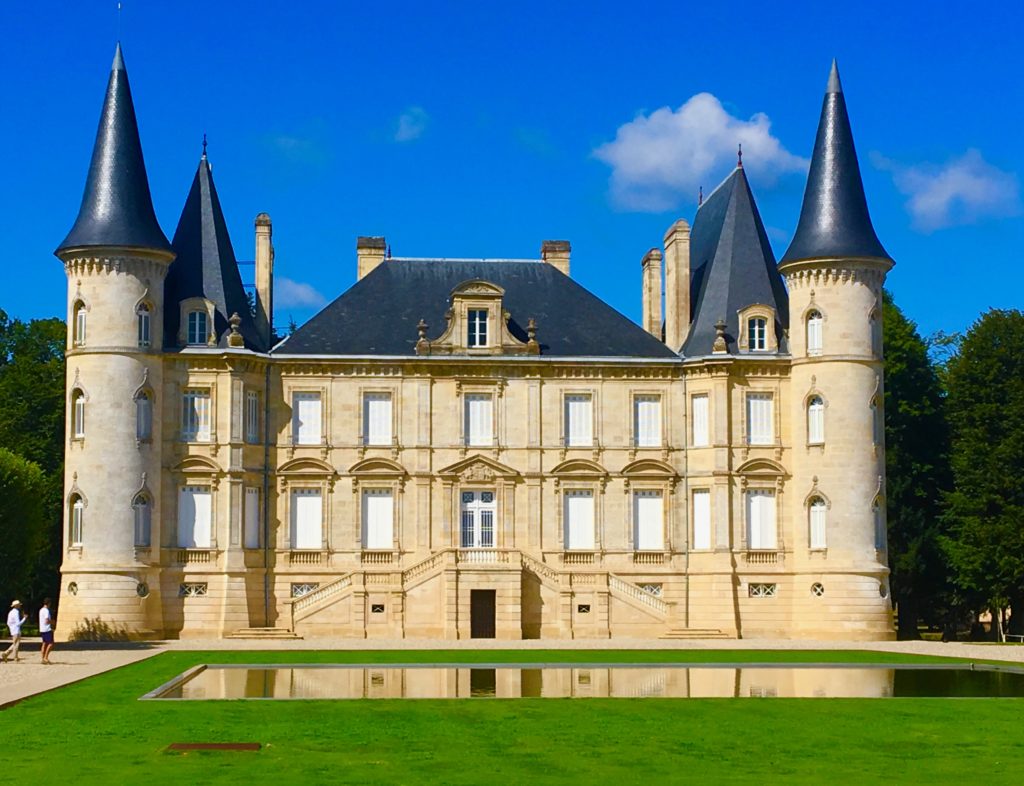
After lunch, Christian opened a 2011 Disznókö Tokaji.
This classic sweet wine from the northeast of Hungary has characteristic acidity, citrus and energy that differentiates it—stylistically—from other sweet wines such as Sauternes in southwest France. Made 100% with the Furmint grape that grows on a single plot over volcanic soils (with ample rhyolite gravels), this is aged for two years in oak and then for more than another year in bottles.
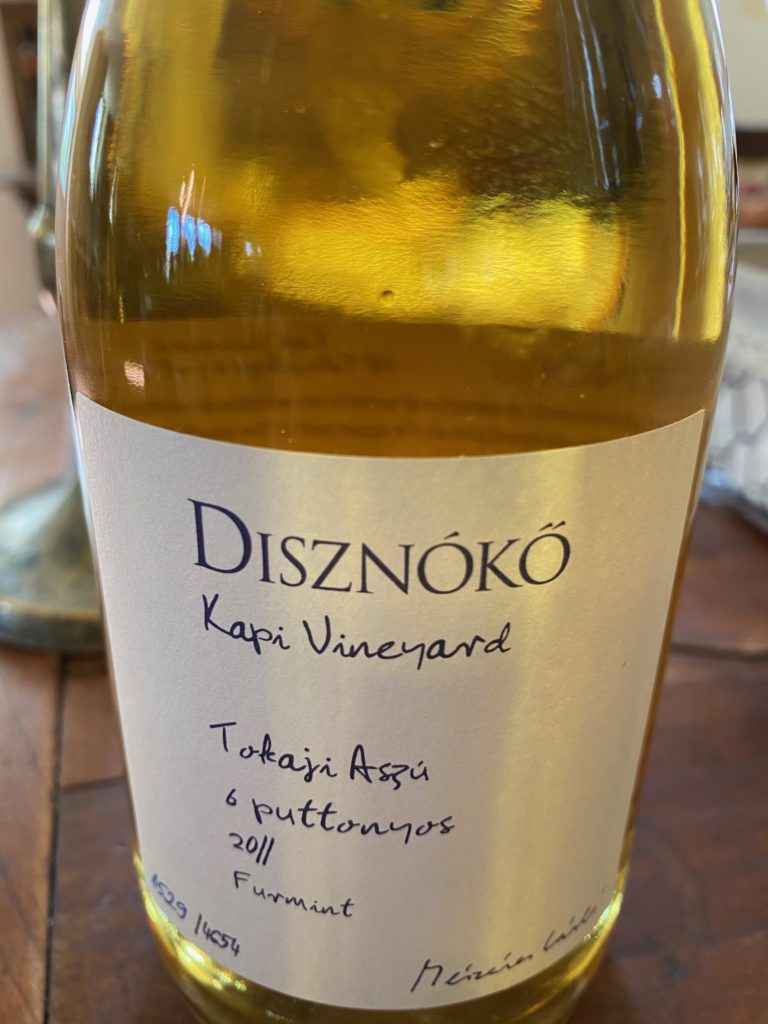
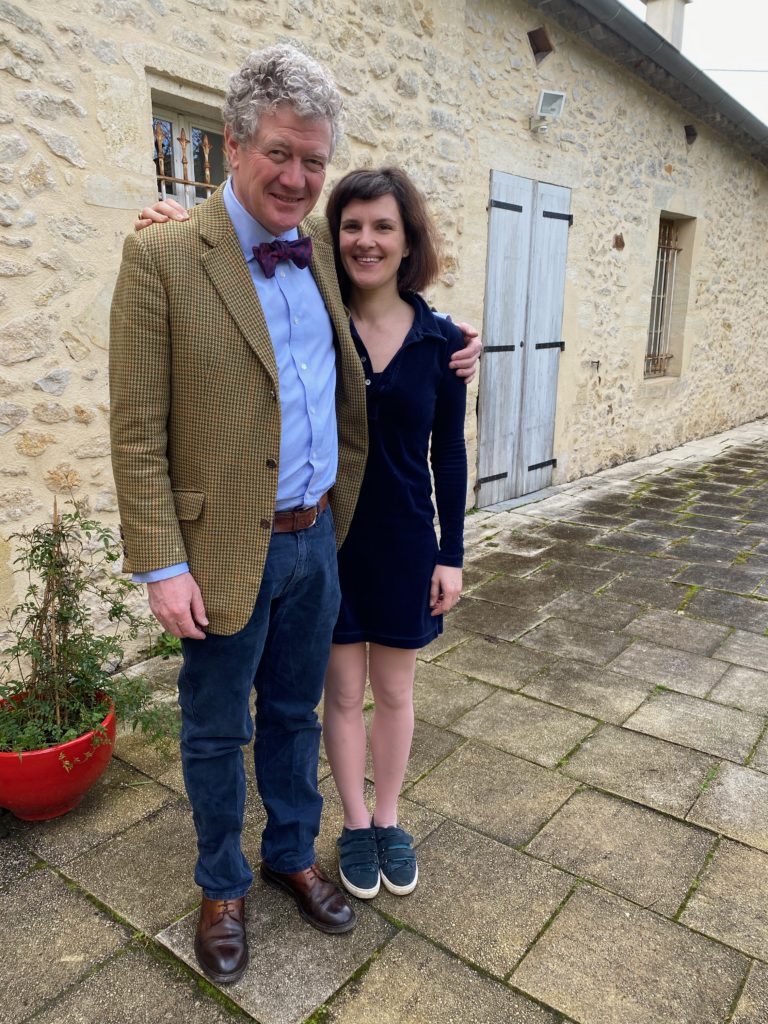
SCENE & INSIDER ANGLES.
During lunch, I learned more about local Bordeaux geography. The Médoc is a hefty sliver of land separated from mainland France by an estuary which widens (up to five miles) as it flows north toward the Atlantic Ocean. Those who live on this ‘ínsular peninsula’ sometimes refer to the mainland further east as ‘the continent.’ Fortunately, two ferry boat services cross the estuary to link these lands. Toward Bordeaux city further south, the waters are bridged.
As for food—a ‘tresse’ is a braid in French. The word is used in several ways in the culinary world. For our lunch, the tresse was braided pastry dough covering the meat and vegetable dish.
A tresse can also refer to a fish dish, such as sole or salmon, where the fish is actually sliced and braided together with other ingredients that could include mushrooms and/or herbs.
You can also order a tresse at the bakery, which is a braided sweet pastry flavored with sugar and chocolate.
A tresse can also refer to a braided garland of garlic cloves.
The meal in the Médoc was both casual and delicious. As often happens in France! A sweet surprise.
Thank you, again, for tuning in.



